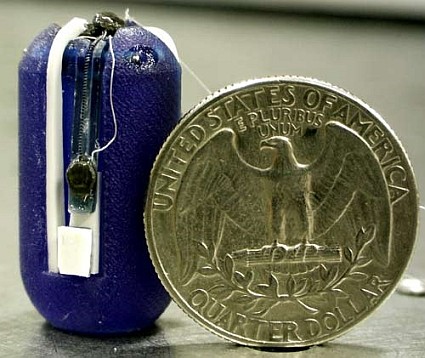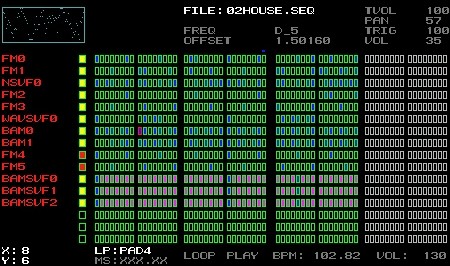
The EFF has just announce the creation of the Coders’ Rights Project website at the Black Hat conference. The sites’ main goal is to centralize legal information for coders, and to help protect important security work from legal actions that may be taken against them with the DMCA and other legal black holes. While this is in no way a fully comprehensive list of everything you need to know, it looks like a good place to start, and provides a few FAQs for suggestions on how to stay in the legal clear as much as possible. At numerous points the documents suggest you speak with a lawyer, if you have any deeper questions, which you absolutely should. This can be very helpful if a person or group finds a security risk, and wants to publish it, or just wants to start looking into possible security risks.
















